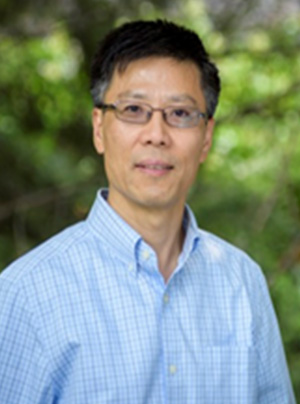
Dr. Wei-Jun Cai obtained his B.S. in Oceanography in 1982 from Xiamen University, Xiamen, China, M.S. in Marine Chemistry in 1985 from the Shandong College of Oceanography (now Ocean University of China), Qingdao, China, and Ph.D. in Oceanography in 1992 from the Scripps Institution of Oceanography, University of California at San Diego, La Jolla, CA, USA. He was a professor in the Department of Marine Sciences, University of Georgia from 1994-2012 and is currently Mary A. S. Lighthipe Chair Professor of Earth, Ocean and Environment at the University of Delaware. Dr. Wei-Jun Cai has worked in the area of marine and estuarine carbon cycle and biogeochemistry for over 30 years and is a leading scientist in coastal ocean acidification research. His research areas include, in the early days, CaCO3 dissolution and sediment diagenesis in sea floor sediments using microelectrodes (O2, pH and pCO2) and, since late-1990s, air-sea exchange of CO2 and carbon cycle in coastal and the polar oceans. More recently, his research focuses on the responses of coastal ocean carbon cycle and ecosystem to a changing terrestrial export of carbon and nutrients and interactions between ocean acidification and other environmental stressors. He has also accomplished technical and method development in measuring inorganic carbon concentration and stable isotope in aquatic and environmental sciences.
Quantifying the Efficacy of Wastewater Alkalinity Enhancement on ocean-based Carbon Dioxide Removal (oCDR) and Acidification Mitigation in a Large Estuary and Beyond
Ocean based Carbon Dioxide Removal (oCDR) is a current topic intended to remove CO2 from the coupled atmosphere and upper ocean system to mitigate global warming with co-benefits of mitigating ocean acidification. One approach to achieve oCDR is via the ocean alkalinity enhancement (OAE) to absorb CO2. I will discuss the principles of OAE-based oCDR. In particular, I will discuss the advantageous and approaches of adding a slow releasing base, Mg(OH)2, to a Wastewater Treatment Plant (WWTP) in the Chesapeake Bay, a large estuary and beyond, a new project we just started.